Fermeture complète du pont de l’Île-aux-Tourtes durant la fin de semaine du 25 au 28 avril 2025 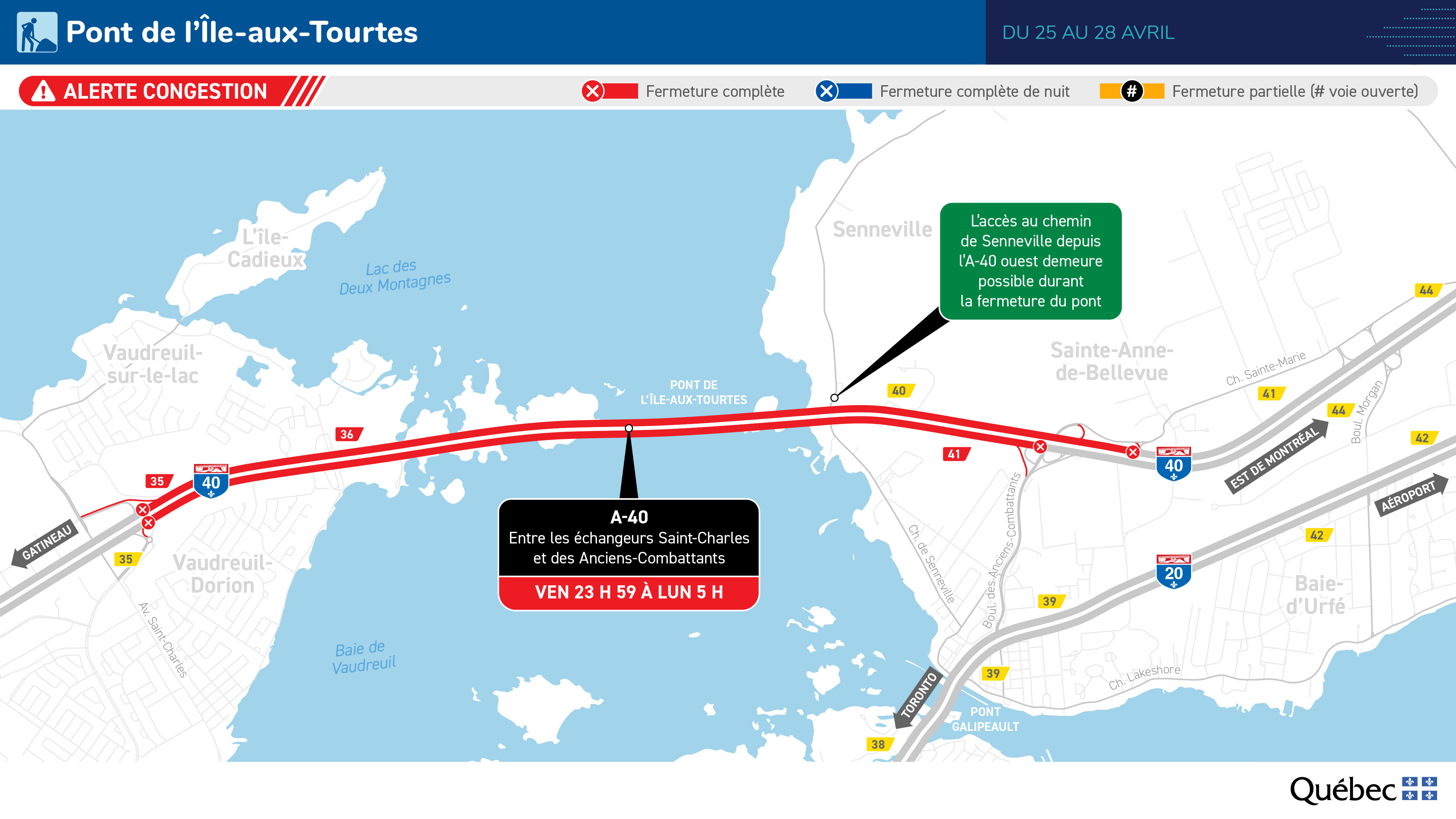
Le ministère des Transports et de la Mobilité durable informe la population que le pont de l’Île-aux-Tourtes sera complètement fermé à la circulation durant la fin de semaine du 25 au 28 avril. Cette entrave est requise pour permettre d’ajuster la configuration des voies actuelles en vue du retour d’une quatrième voie de circulation sur le pont.
Du vendredi 25 avril, à 23 h 59, au lundi 28 avril, à 5 h
- Fermeture complète de l’autoroute 40 en direction ouest entre la sortie no 41 – Ste-Anne-de-Bellevue/boul. des Anciens-Combattants/autoroute 20 en direction ouest/Île Perrot et l’entrée en provenance de l’avenue Saint-Charles.
- En direction ouest, l’accès au chemin Senneville sera maintenu pour la circulation locale.
- Fermeture complète de l’autoroute 40 en direction est entre la sortie no 35 – Vaudreuil-sur-le-Lac/Vaudreuil-Dorion/Av. St-Charles et l’entrée en provenance du boulevard des Anciens-Combattants.
- La bretelle menant de l’autoroute 40 en direction est vers le pont de l’Île-aux-Tourtes sera fermée dans l’échangeur avec l’autoroute 30. Les usagers sont invités à privilégier les autoroutes 20 et 30.
Les chemins de détour seront balisés par une signalisation temporaire. Durant cette fermeture, la population est invitée à utiliser le transport collectif et à profiter des mesures d’atténuation en place. Le péage sera suspendu dans les deux directions sur l’autoroute 30 afin d’offrir une option supplémentaire. Le Ministère recommande aux usagers de la route qui devront circuler dans le secteur de prévoir plus de temps pour se rendre à leur destination.
Le lundi 28 avril à 5 h, quatre voies seront disponibles au total sur le pont, soit deux dans chaque direction. La gestion dynamique de la circulation sera suspendue tant que quatre voies seront ouvertes sur le pont. De plus, la circulation sera interdite aux véhicules lourds dans la voie de droite dans chaque direction. Les véhicules en surcharge demeurent interdits en tout temps sur la structure.
Ces travaux pourraient être reportés, prolongés ou annulés en raison de contraintes opérationnelles ou de conditions météorologiques défavorables. Ainsi, avant de prendre la route, il est recommandé de consulter Québec 511, un outil pratique pour planifier adéquatement ses déplacements.
Le Ministère remercie les usagers de la route pour leur collaboration.
Pour leur sécurité et celle des travailleuses et travailleurs, le respect de la signalisation en place est essentiel.
Fermeture d’une voie en direction ouest sur l’autoroute transcanadienne 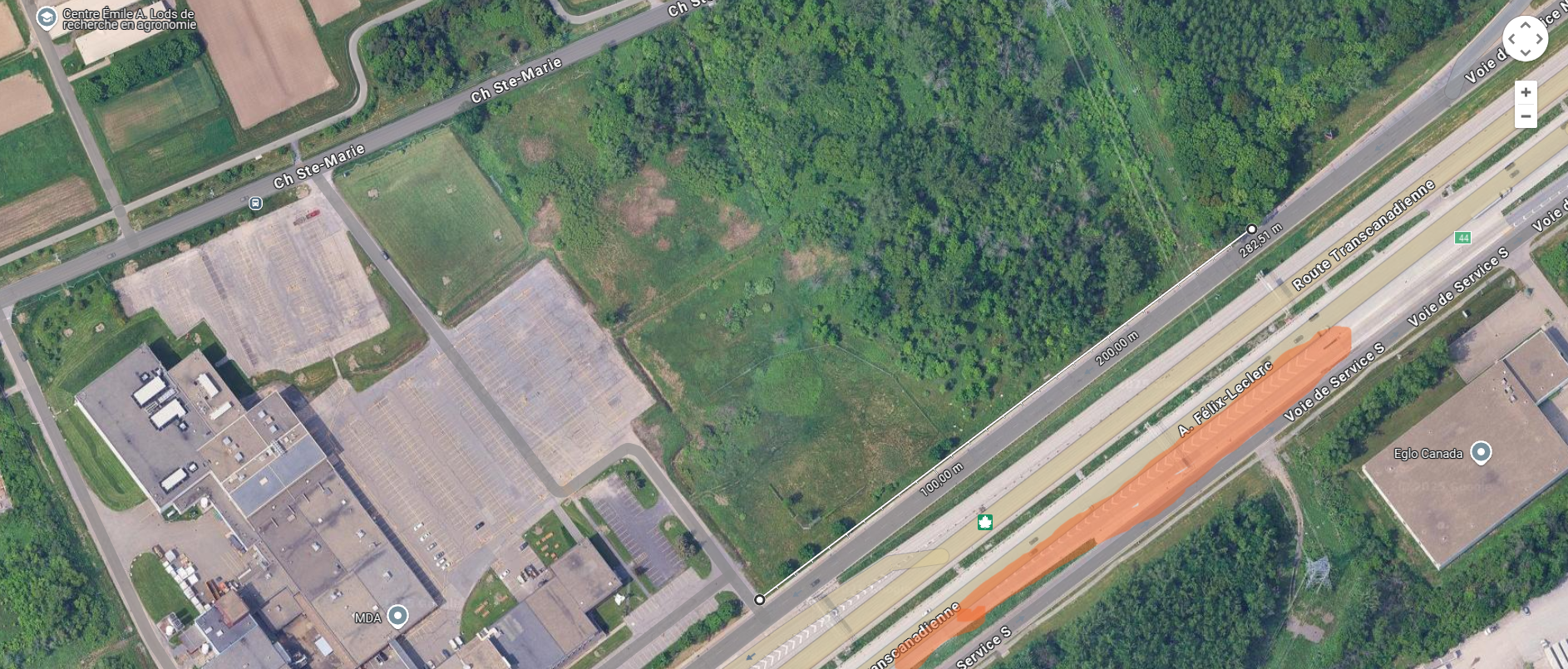
Des travaux électriques effectués par Hydro-Québec auront lieu sur la voie de desserte nord de l’autoroute 40, près du 21025, Route Transcanadienne.
- Date de début : 9 avril 2025
- Date de fin des travaux : 16 mai 2025
- Jours de la semaine : lundi au vendredi
- Heure des travaux : entre 7 h et 19 h
Des panneaux de signalisation seront installés sur la voie de service.
Pour la sécurité de tous, veuillez respecter la signalisation en place.
Merci de votre compréhension.
Réfection de la rue Saint-Jean-Baptiste (entre les rues du Collège et Sainte-Anne) 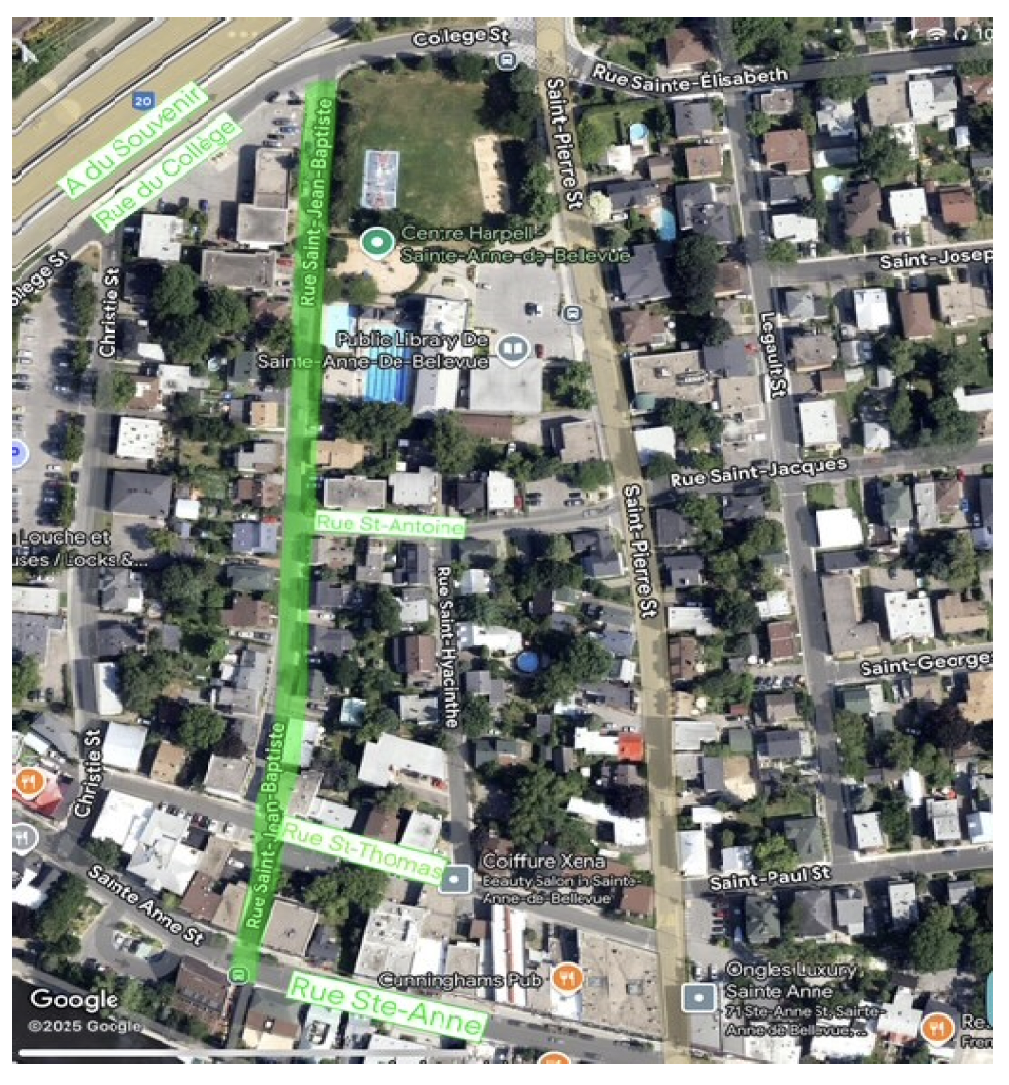
Une séance d’information a eu lieu le mercredi 19 mars 2025 à 18 h 30, au 2e étage du centre Harpell, pour discuter des travaux de réfection des infrastructures municipales de la rue Saint-Jean-Baptiste.
Ces travaux, initialement prévus pour 2023, ont été retardés et reportés à une date ultérieure en raison de coûts beaucoup plus élevés que ceux prévus dans le PTI. Grâce à une subvention d’un million de dollars de la TECQ, la Ville peut aller de l’avant avec le projet.
Les travaux débuteront en juin 2025 et dureront environ 9 semaines, pour se terminer à la fin du mois de juillet 2025.
Consultez la présentation sur les travaux de la rue Saint-Jean-Baptiste
Pavillon Lalonde : une fenêtre sur l’eau, un espace pour se retrouver
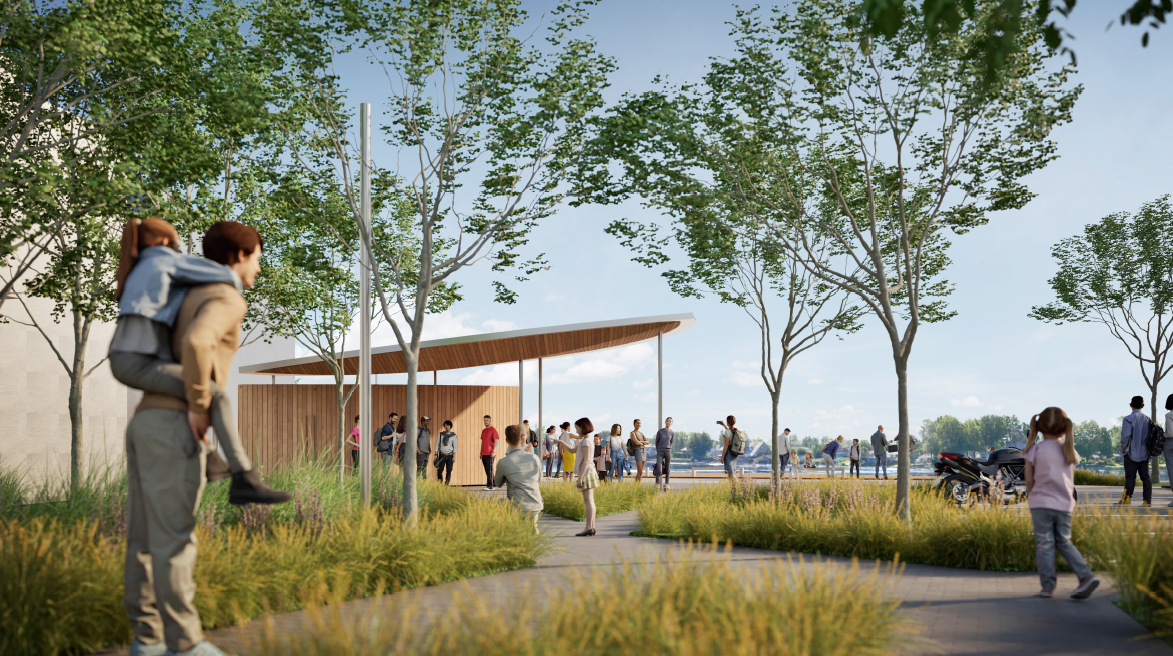
Un tout nouveau pavillon arrivera au parc Lalonde à l’été 2025 ! Avec un accès repensé à l’eau au bénéfice des citoyens et des aménagements multifonctions modernes, Sainte-Anne-de-Bellevue offrira une aire de détente et de rafraichissement pour se reconnecter au Lac Saint-Louis. Sainte-Anne se transforme, toujours plus belle !
Ce pavillon sera utilisé pour organiser des activités locales et touristiques. Ce projet fait également partie d'une initiative visant à redonner l'accès à l'eau aux résidents et s'intègre dans le cadre du projet de stabilisation des berges du parc Kelso et de la promenade adjacente.
Consulter la présentation qui a été dévoilée aux résidents lors d'une séance d'information qui a eu lieu le jeudi 28 novembre 2024, au Centre Harpell.
Travaux d'aménagement au parc Aumais
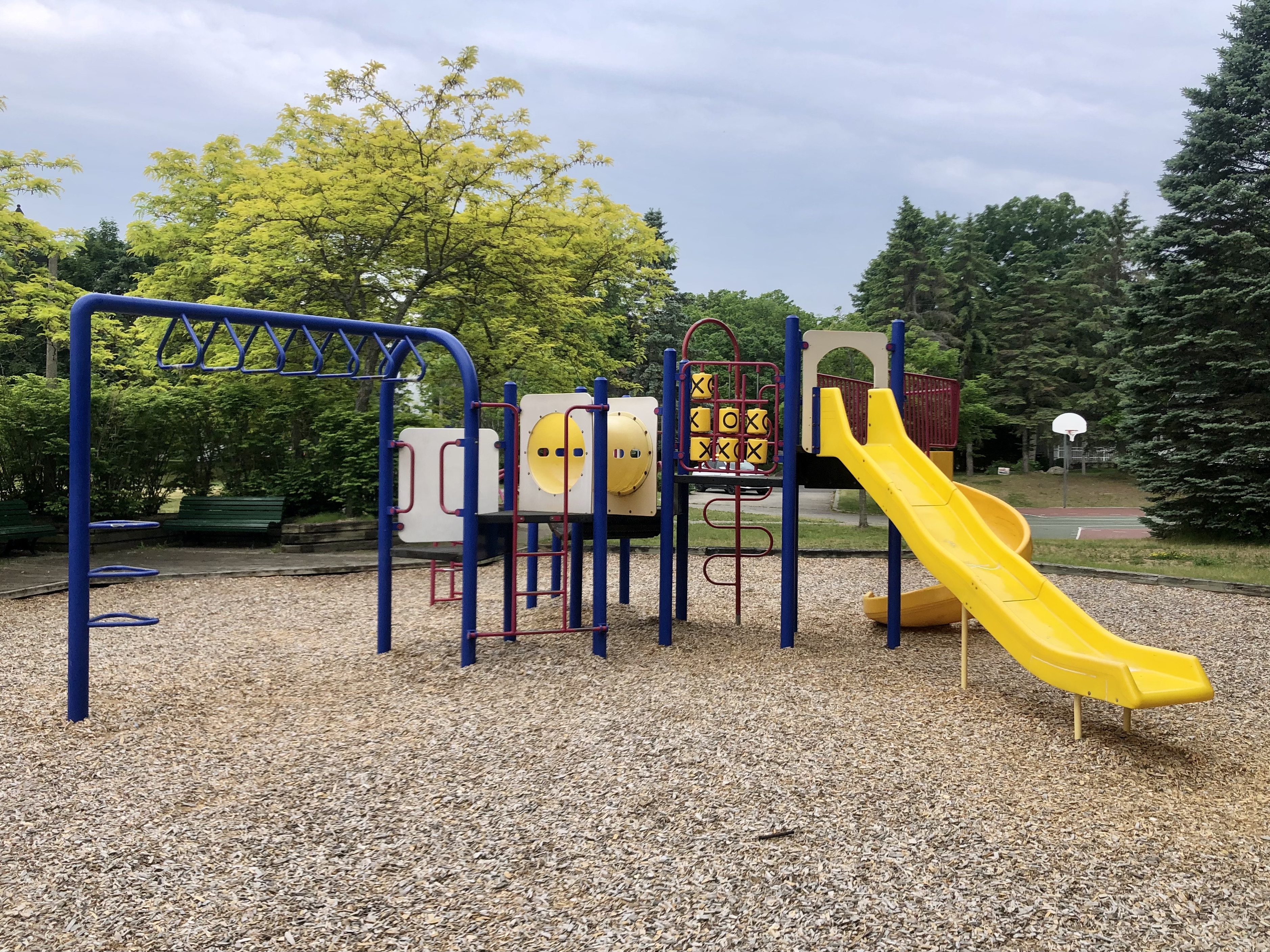
Veuillez noter qu'il y aura des travaux d'aménagement au parc Aumais.
Détails des travaux :
- Début des travaux : juillet 2024
- Fin des travaux : été 2025
Les travaux d’aménagement du parc Aumais comprendrons plusieurs nouveautés :
- Un jeu d’eau
- Une aire de jeux pour les 0 à 5 ans
- Une aire de jeux pour les 5 à 12 ans
- Une aire de détente avec des voiles d'ombrage
Pour la sécurité de tous, résidents et travailleurs, assurez-vous de respecter tous les règlements appliqués au parc pendant la période des travaux.
La stabilisation des berges du parc Kelso et de la promenade adjacente
La ville débute son projet de stabilisation des berges du parc Kelso et de la promenade adjacente, dont les murs de soutènement ont été durement endommagés, notamment par les effets des aléas climatiques de la dernière décennie. Ce projet, évalué à un peu plus de 13,4 M$, permettra d’adapter des infrastructures municipales face aux impacts des changements climatiques.
.png)
Le projet bénéficie d'une subvention du gouvernement du Québec de 9 628 578 $ octroyée dans le cadre du Programme de résilience et d’adaptation face aux inondations (PRAFI) du ministère des Affaires municipales et de l’Habitation. Cette aide permettra à la Ville de couvrir la majeure partie des coûts des travaux.
Les travaux de stabilisation incluent notamment la réfection des murs de soutènement, des travaux connexes ainsi que l’aménagement du site et la végétalisation des berges. Les travaux débuteront à l’automne 2024 et devraient se poursuivre jusqu’au début du printemps 2025.
La Ville s'engage à effectuer les travaux de réfection en minimisant l'impact sur les citoyens, le secteur commercial et les usagers. Ceci étant dit, il est important de noter que:
- Ce projet débutera le 30 septembre 2024 et se poursuivra sur une durée de 20 semaines ouvrables.
- Les travaux auront lieu de 7 h à 19 h.
- Les travaux nécessitent la fermeture du parc Kelso, de la place des Eaux-Vives, de la rue Lalonde et du parc Lalonde ainsi que de la promenade entre la place des Eaux-Vives et le stationnement de la rue Lalonde.
- Le stationnement sera interdit sur la rue Sainte-Anne et dans certaines zones à proximité des travaux de 7 h à 19 h, mais il sera autorisé la semaine à partir de 19 h et toute la journée pendant les fins de semaine, à moins d'avis contraire.
- En raison de la nature des travaux effectués, il faut s'attendre à des nuisances sonores, des mesures de mitigation seront mises en place afin de minimiser les inconvénients.
Pour la sécurité de tous les résidents et les travailleurs, veillez à respecter la signalisation en place.
Nous vous remercions de votre collaboration.
Réouverture temporaire de la piste cyclable 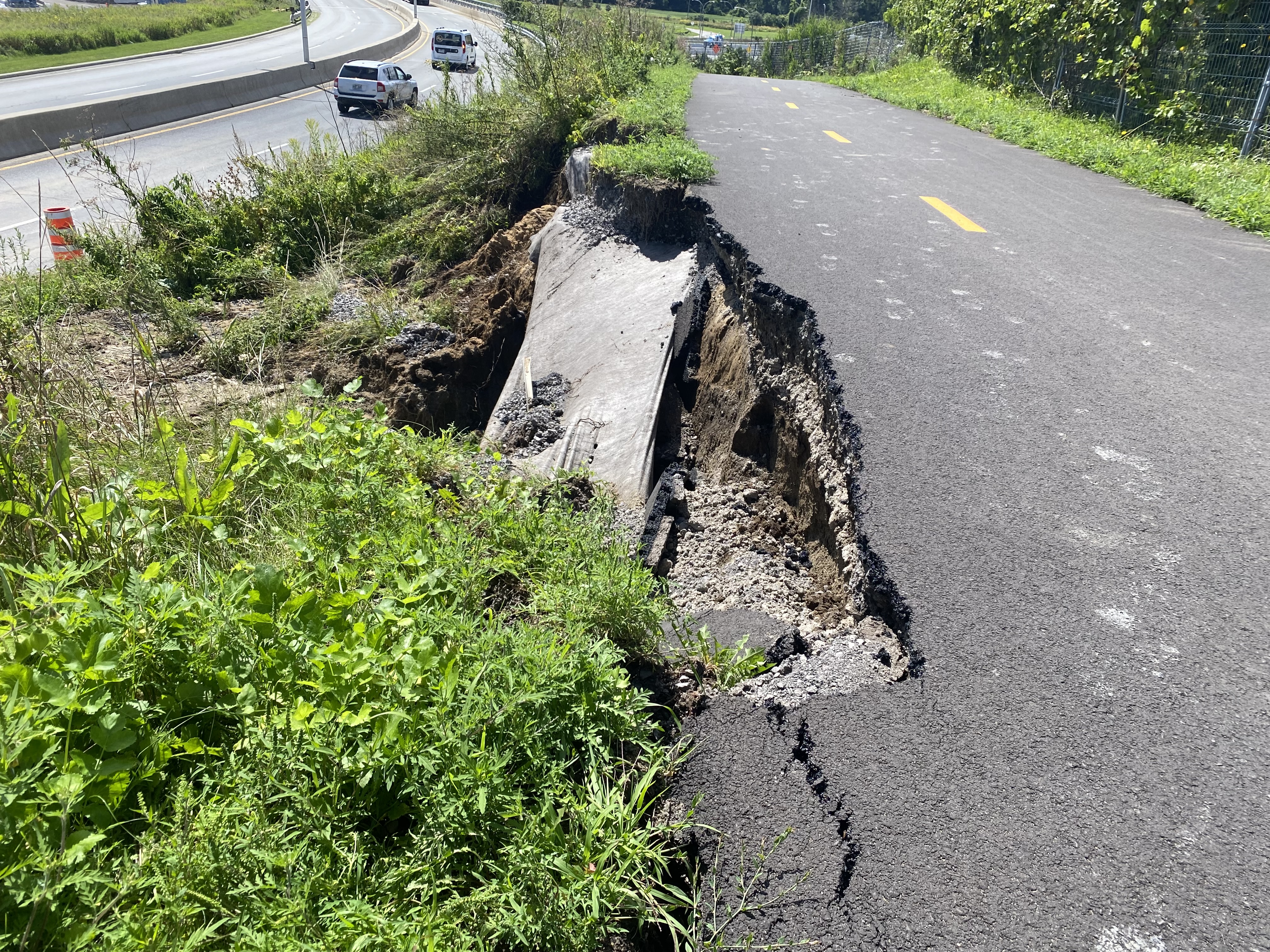
La piste cyclable sera temporairement rouverte à partir du 27 août 2024 à 17 h.
- Une seule une voie de circulation sera accessible aux usagers.


